Journal of Environmental Protection
Vol.5 No.4(2014), Article ID:44125,9 pages DOI:10.4236/jep.2014.54033
Negative Impacts of the Practices of Acadjas on the Aheme Lake in Benin
Comlan Achille Dedjiho1,2*, Abdoukarim Alassane1, Waris Chouti1,2, Etienne Sagbo2, Odilon Changotade1, Daouda Mama1,2, Moussa Boukari1, Dominique C. K. Sohounhloue3
1Laboratoire d’Hydrologie Appliquée (LHA), Faculté des Sciences et Techniques (FAST), Université d’Abomey-Calavi, Cotonou, Bénin
2Laboratoire de Chimie Inorganique et de l’Environnement, Faculté des Sciences et Techniques (FAST), Université d’Abomey-Calavi, Cotonou, Bénin
3Laboratoire d’Étude et de Recherche en Chimie Appliquée (LERCA), École Polytechnique d’Abomey-Calavi (EPAC), Université d’Abomey-Calavi, Cotonou, Bénin
Email: *dedjiho1@yahoo.fr
Copyright © 2014 by authors and Scientific Research Publishing Inc.
This work is licensed under the Creative Commons Attribution International License (CC BY).
http://creativecommons.org/licenses/by/4.0/


Received 21 November 2013; revised 23 December 2013; accepted 19 January 2014
ABSTRACT
The objective of this study is to reveal the negative impacts of the practices of acadjas on the Aheme lake in Benin. Various material and methods were used for the measures of the physicochemical parameters such as: colorimetric HACH DR/890, the multiparameter WTW 340i and specific kits for the dosage of minerals. Also, the investigations were made with the resources by persons. It emerges from this study that the practices of acadjas asphyxiate and disturb the lake species. In fact, the concentrations in dissolved oxygen became very weak (1595 mg/L to 3740 mg/L), and the contents of nitrites (2, 25 mg/L to 14, 5 mg/L), suspension materials and turbidity are raised. The consequences both on the aquatic fauna and on the vegetation of the bank are worrying. The waterside populations are also threatened. Some actions in an attempt to regulate the practice of acadjas and promote reforestation of the lagoon bank need to be put in place.
Keywords:Acadjas; Negative Impacts; Aquatic Fauna; Aheme Lake; Benin

1. Introduction
Water is essential to any form of life, needless to say important for the health, agriculture, industry, tourism, leisure activities, navigation, etc. [1] . Lakes and lagoons are so important because they are sources of good quantity halieutic production which is basic for our survival [2] . Therefore these lakes and lagoons are of high economic importance.
In Benin, according to [3] , the continental fisheries account for approximately 75% in the national halieutic production and account for about 31% in the national consumption of animal proteins in Benin.
The practice of acadjas is the cause of aquatic condition destruction and deforestation of mangrove. This destruction of mangrove has direct effects on fishes resources because the “roots-stilts” of the red mangroves (Rhizophora racemosa) serve as refuges and egg-places for many species (more of 70 registered) and shelter for crustaceous, mollusks, Chiroptera, green monkeys, Nile’s varanuses as well as other sedentary or migratory avifauna [4] .
According to [5] , the term “acadja” originates from Goun (Ouémé) language indicating many ways of planting in 1 to 1.5 meter depths boughs which are determined by their nature, density and extension. In Aheme lake, acadjas, introduced by the fishing service, was approved by a part of the waterside populations as well as the outer participants attracted by the importance of the private income that they got [5] . However, some fishermen opposed to this technique by explaining that the multiplication of acadjas reduced fish availability.
Another remark is that having practice for a long period of time acadja techniques, the waterside populations brought in the lake an important quantity of wooden discharges of all kinds which added to the important mass of sand drained by erosion led to its filling. The case of the Aheme lake is not the only one. This practice is also observed in the Nokoué lake [6] . The deposits of these boughs impact negatively not only the traffic but also the swimming, especially the tourism.
The decomposition of this huge amount of boughs discharged every year in our streams requiring an important quantity of dissolved oxygen for their degradation is the cause of the insufficient dissolved oxygen quantity for the halieutic species. The consequence in shortor long-term is the anoxia of the environment, which can lead to halieutic species death.
The present study aims at revealing the negative impacts of the practice of acadjas in the Aheme lake in Benin.
2. Material and Methods
The Aheme lake (78 km2), is characterized by a subequatorial climate. It is recharged by Couffo river and discharged into the Atlantic Ocean throughout the Ahô canal. The Aheme lake is located in the southwestern part of Benin in west Africa.
These studies were carrying out during twelve months especially on the sampling stations which are plotted on Figure 1. Figure 2 presents at A and B some deposites of boughs in the Aheme lake which thereby negatively impact both tourism, swimming and the waterways traffics. The samplings campaigns were conducted at Guézin, Tokpa-Domè and Adjatokpa where the practice of acadjas is developed and at a “witness station” (Tohonou) where the practice of acadjas is not developed at all. The parameters such as temperature, pH, dissolved oxygen, the redox potential are measured in situ. Water samples are taken in each sampling station at 20 cm from the surface in plastic bottles and kept in a cooler condition during the transport to the laboratory. The reducing power of Rh is established by the relation:

Eh: The redox Potential (mV), T: Temperature (K), pH: hydrogen potential.
Measurments (in situ) of pH, Temperature, Oxygen dissolved, Potential redox:
On the field, water samples are collected in plastic bottles previously washed and rinsed by the sample itself. Then, we took about 500 mL in which we plunged the pH electrode of the multiparameter/oximeter WTW 340i.
Measurement of suspended solids (MES) (Methods 8006 with the multiparameter, colorimeter HACH DR/890).
This measurement was performed in the laboratory of Applied Hydrology and its procedure is described below.
• Enter the number of stored program for suspended solids. Press PRGM. The display will show: PRGM
• Press: 94 ENTER; the display will show mg/L, and the symbol ZERO.
• Mix 500 ml of sample in a homogenizer at high speed for about two minutes.
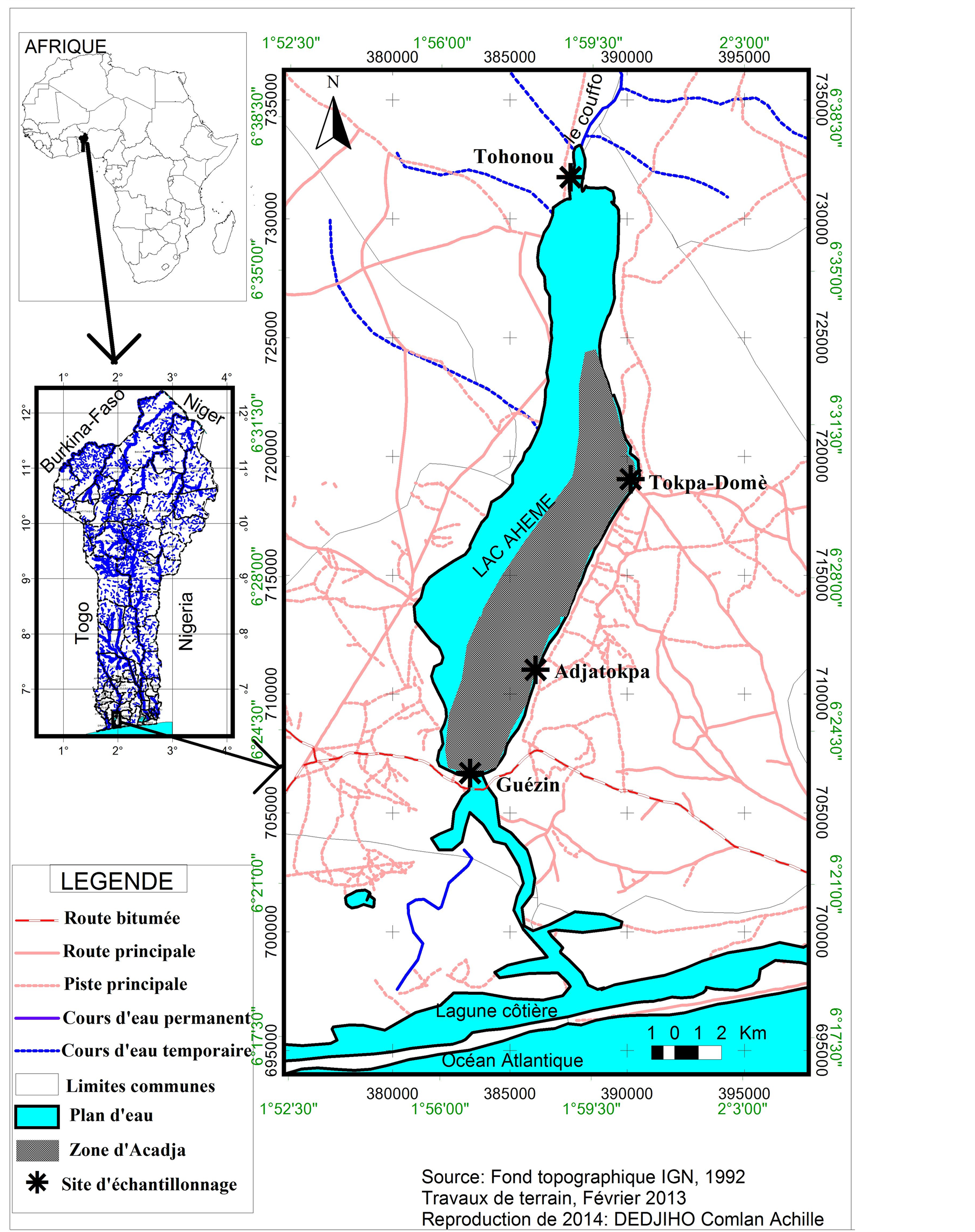
Figure 1. Localization of the study zone.
• Pour the homogenized sample into a 600 ml beaker.
• Pour 25 ml of distilled water in a colorimetric bowl.
• Place the colorimetric bowl in the measurement well.
• Adjust the instrument cap to cover the bowl.
• Press: ZERO. The cursor moves to the right and the display shows: 0 mg/L

Figure 2. Images of the practices of acadjasrespectively at Adjatokpa and at Tokpa-Domè.
• Immediately Pipette 25 ml of the homogenized sample at the center of the beaker in a colorimetric bowl (the prepared sample).
• Shake the bowl of the prepared sample to remove gas bubbles and obtain a uniform suspension.
• Place the prepared sample into the cell holder. Adjust the instrument cap to cover the bowl.
• Press: READ, and the cursor moves to the right, then the result in mg/L of suspended solids appears
Turbidity Measurement (Methods 8237 with the multiparameter colorimeter HACH DR/890).
This measurement was performed in the same laboratory with almost the same procedure as the one used for the Measurement of suspended solids. The only difference here is that instead of Pressing 94 ENTER we press 95 ENTER.
Dosage of nitrite and nitrate ions
For each of these ions, specific kits (in small sachets such as NitriVer® 5 or NitraVer® 2) are introduced into 10 ml of sample. The “zero” is made by 10 milliliters of the sample itself. The readings of the parameters are performed in the colorimeter.
3. Results and Discussion
The results are grouped by seasons: the intense dry season (GSS), the intense rainy season (GSP), the small dry season (PSS) and the small rainy season (PSP). At every sampling stations, the redox potentials are negative especially in the Intense Rainy Season (Figure 3). The temperatures as shown by Figure 4, are between 24 and 35˚C. According to [7] , they are conducive to good growth of the species fish. The pH (Figure 5) ranges from 6.69 to 8.40. This value of pH is good at fish farming because situated between 6.5 and 9 [8] . In case the pH values are not included in 6.5 to 9, then there are potential risks of negative chronic effects in long terms for the aquatic life protection [9] .
We notice that the contents in oxygen dissolved in sampling stations vary from 1.60 to 3.74 mg/L as shown by Figure 6. The high dissolved oxygen contents are noticed at Tohonou where there aren’t installations of acadjas. The dissolved oxygen is an essential ecological factor and plays an essential role in the preservation of the aquatic life. The oxygen dissolved contents in natural waters are mainly determined by the breath of the aquatic bodies, the oxidation, the degradation of pollutants, the photosynthetic activity of the flora and the exchanges with the atmosphere [10] . We therefore understand that the tons of discharged boughs at almost everywhere in the lake constitute important quantities of organic matters which have to be decomposed. According to [11] , the quality of this lake is classified in the mediocre range because the content in dissolved oxygen is lower than 3 mg/L. We deduct from this that the acadjas asphyxiate the lake.
The average contents of the suspended solids (MES) at Tohonou, Guézin, Adjatokpa and Tokpa-Domè is respectively 25.00, 42.12, 39.06 and 30.56 mg/L (Figure 7). The MES include all the substances which are not dissolved. They are strongly connected to the turbidity as shown by Figure 8. Their harmful effect is me-
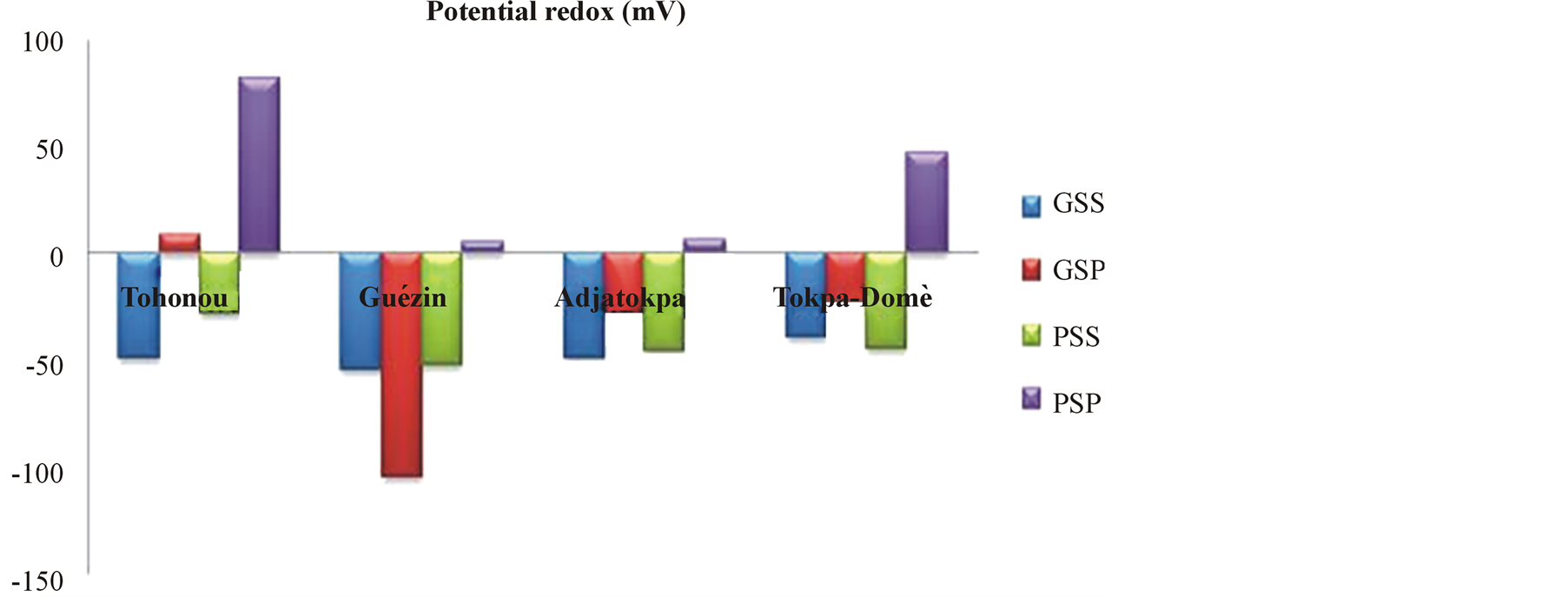
Figure 3. Potential redox of the waters of the Aheme lake.
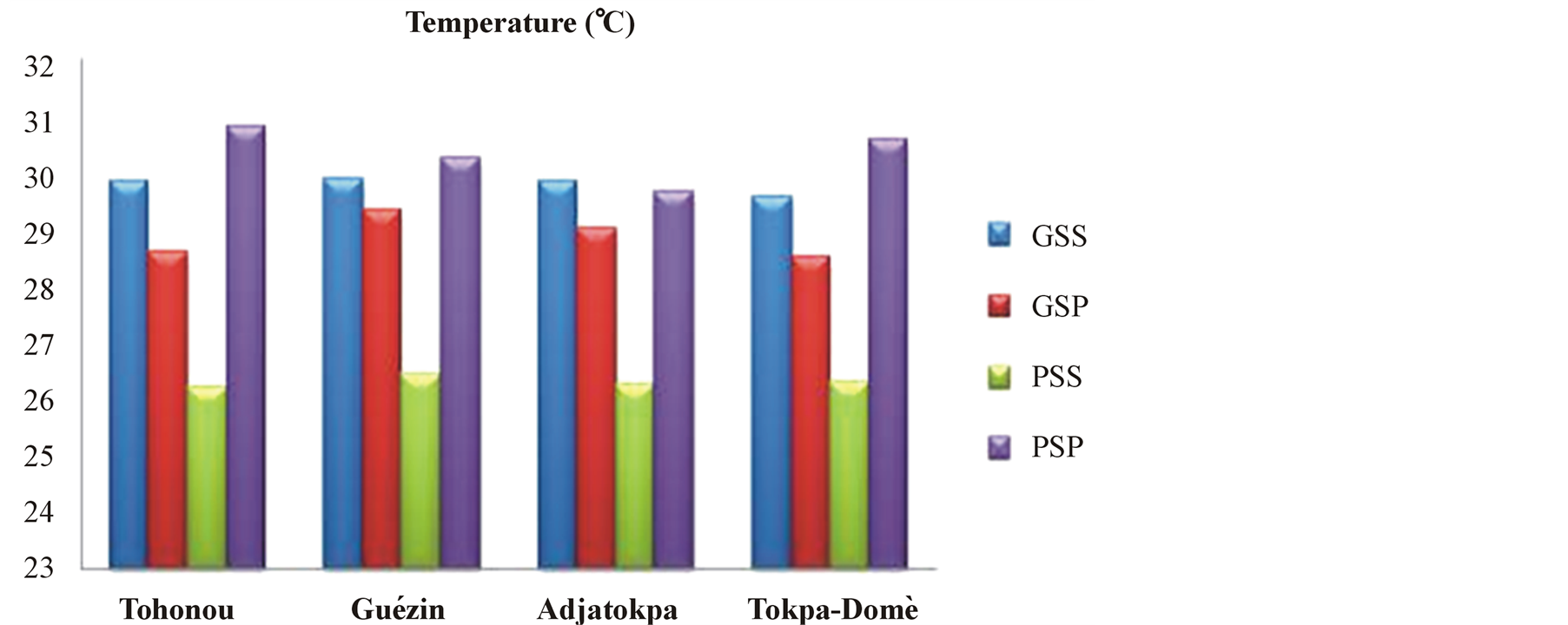
Figure 4. Temperatures of the waters of the Aheme lake.
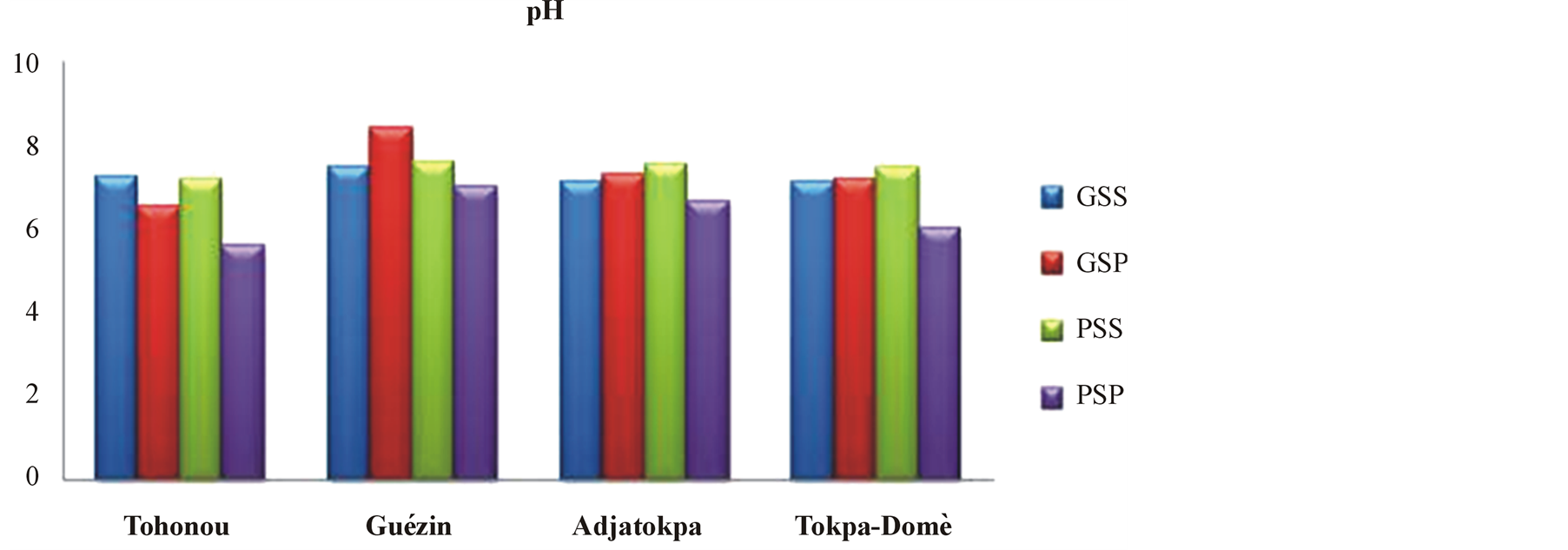
Figure 5. pH of the waters of the Aheme lake.
chanical, by formation of sediments and a screen preventing the good penetration of the solar radiation (reduction of the photosynthesis) on the one hand, and the clogging of the fishes gills on the other hand. Their effect is also chemical by constitution of a potential reserve of pollution in sediments. The biodegradable MES contribute in a significantly to the oxygen demand and cause therefore the decrease of the concentration in oxygen dissolved in the aquatic environment [12] . The MES can asphyxiate some aquatic species and even the whole aqua-
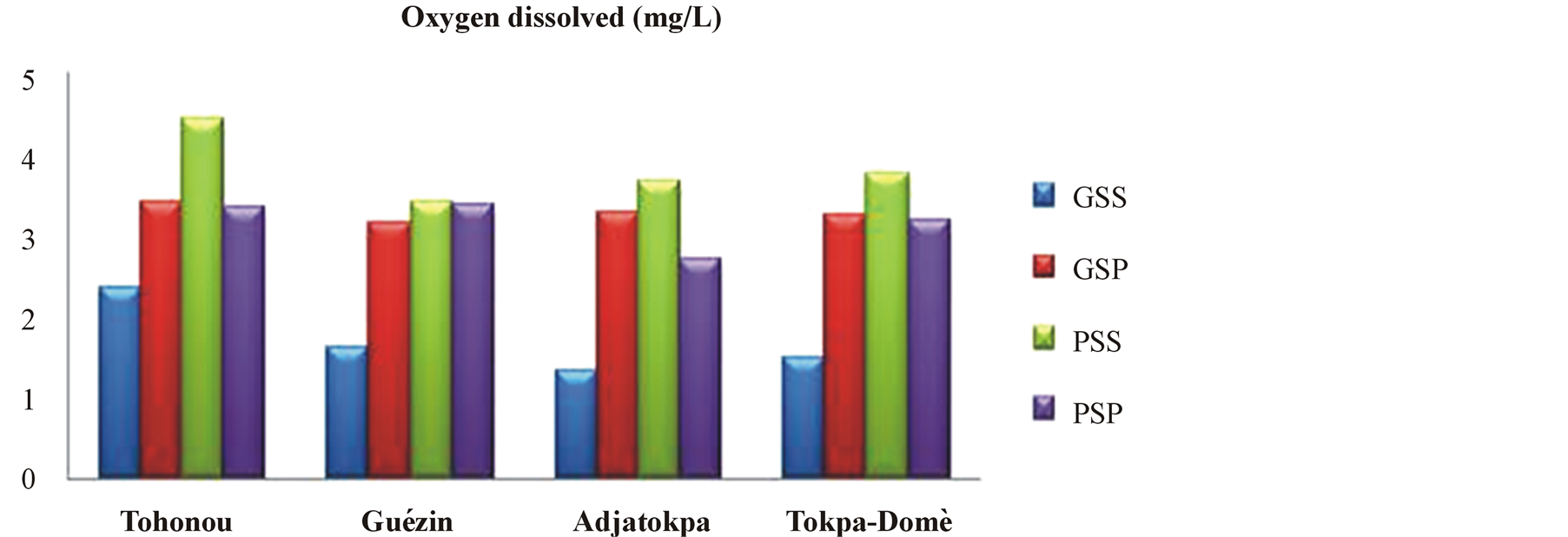
Figure 6. Contentin oxygen dissolved in the waters of the Aheme lake.
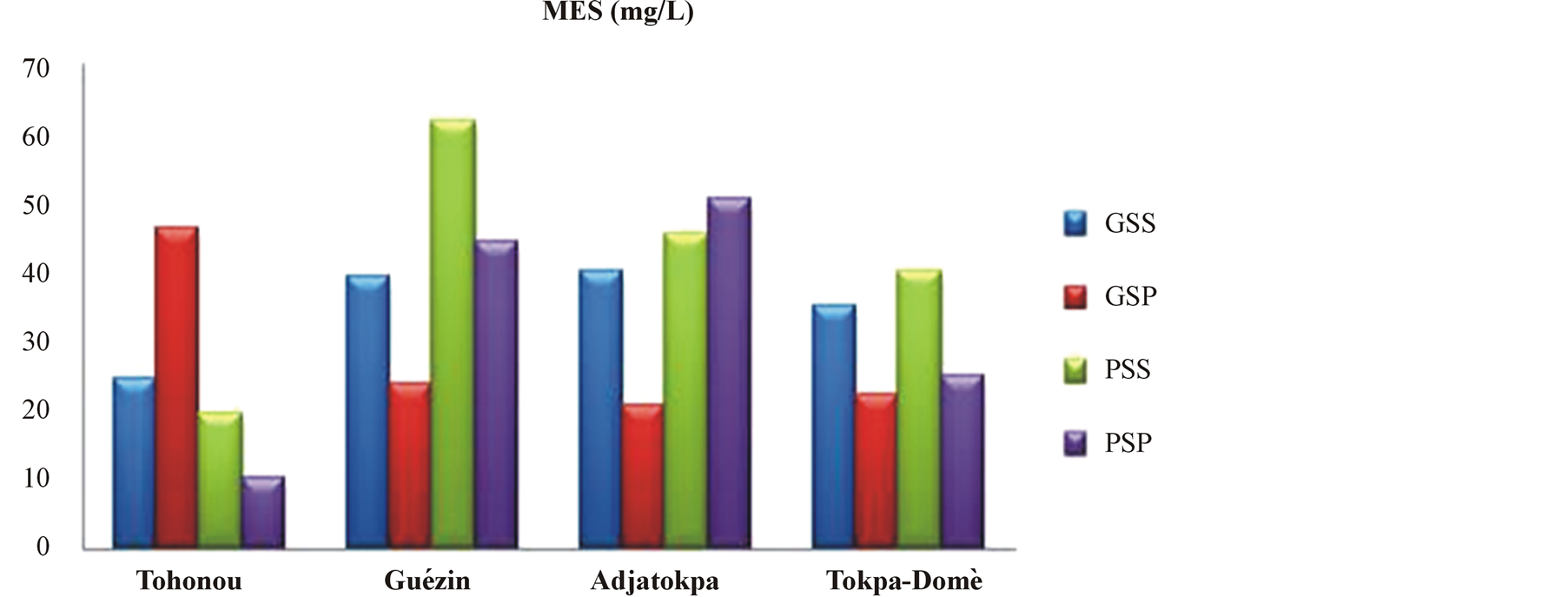
Figure 7. Variation of the suspension materials (MES) of waters of the Aheme lake.
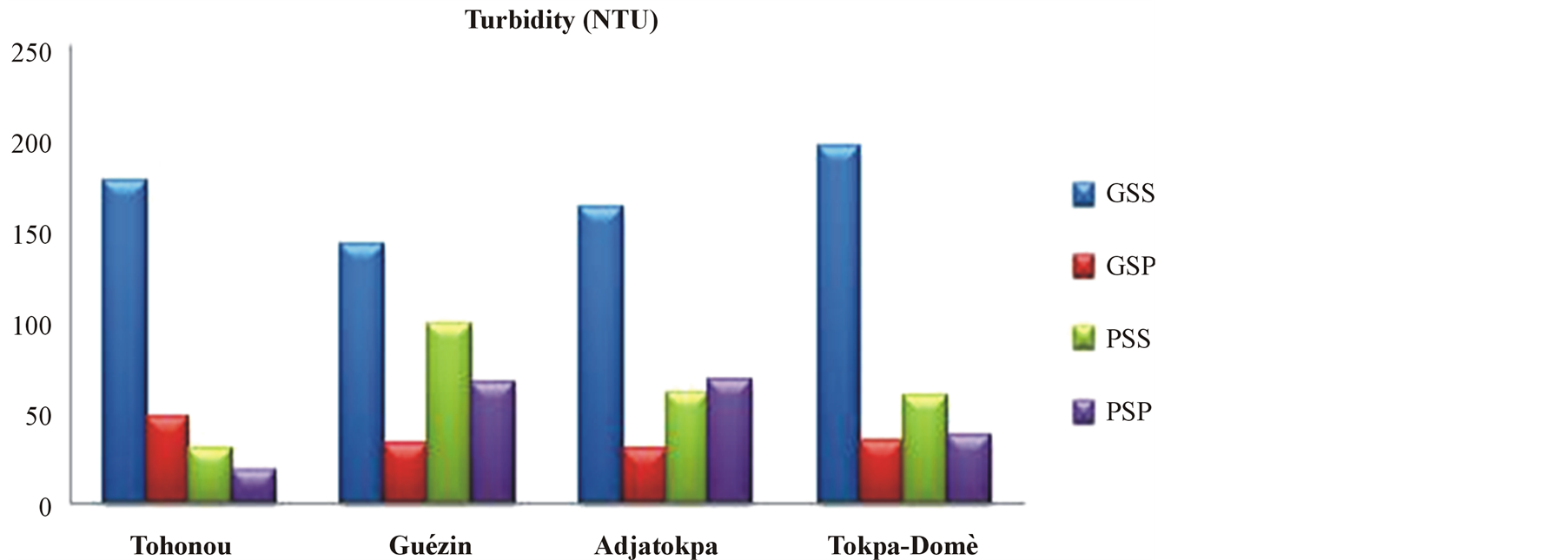
Figure 8. Variation of the turbidity of waters of the Aheme lake.
tic environment when they are present in excess, or to provoke momentary anoxia. According to [9] , there are risks of long-term fatal chronic effects for the aquatic life protection if the value exceeds 5 mg/L.
While the average concentrations for all the seasons in nitrates registered to Tohonou, Guézin, Adjatokpa and Tokpa-Domè is respectively 1.7; 12.79; 5.34 and 2.55 mg/L (Figure 9), those of nitrites are respectively 3.06; 4.81; 6.13 and 6.94 mg/L as shown by Figure 10. It looks like the nitrates ions are reduced into nitrites. As shown by Figure 11, the reducing power of the sampled stations is below the limit of 15. It means that the environments are reducing and correspond to an anaerobic domain. This situation leads to the conversion of the
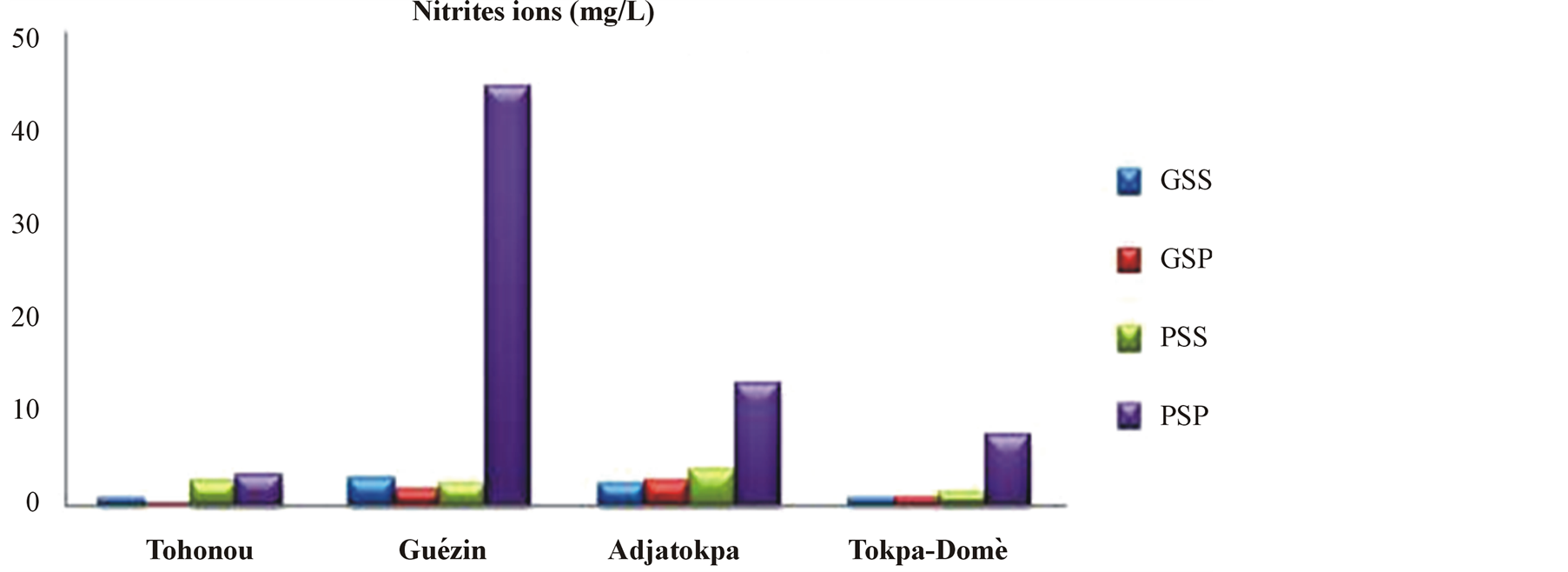
Figure 9. Contentin ionsnitrates of waters of the Aheme lake.
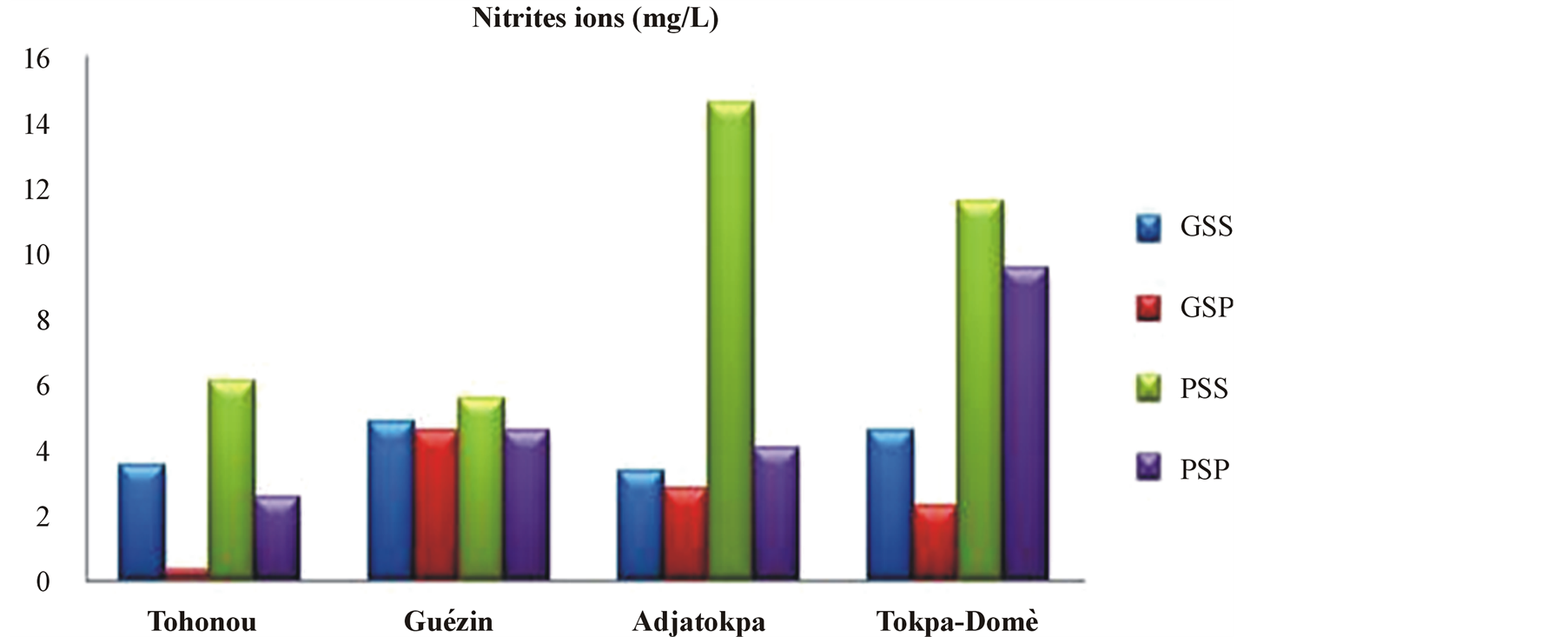
Figure 10. Contentin ionsnitrates of waters of the Aheme lake.
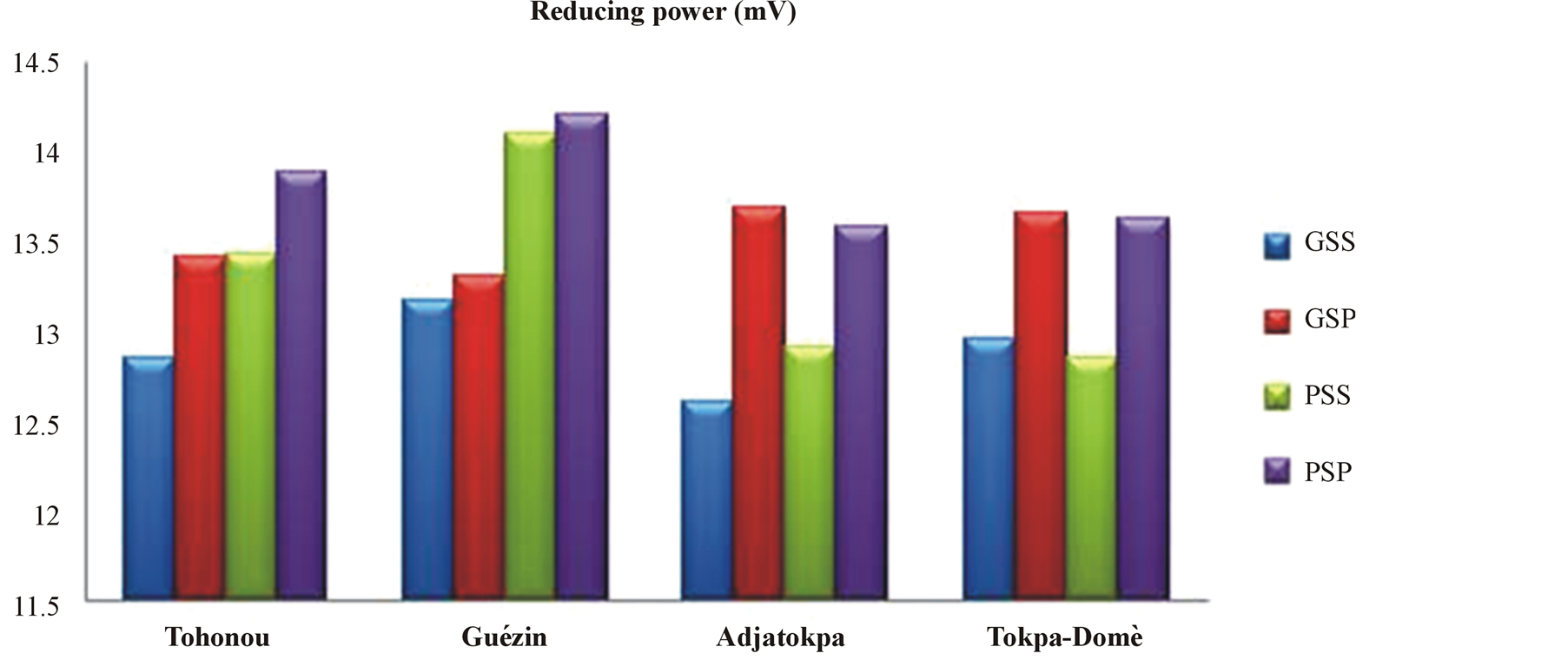
Figure 11. Evolution of the reducing power of waters of the Aheme lake.
ions nitrates into nitrites. We notice that the nitrites contents are above the limit of 0.06 mg/L [13] ; which corresponds to the lowest limit of acute toxicity. The nitrites contents which are above 0.06 mg/L constitute a threat to the aquatic fauna development because of the toxicity [14] . The Nitrites have direct effects on the hemoglobin
Table 1. Correlation of physico-chemical parameters.
by oxidizing the ferrous ion, it is transformed into methaemoglobin which is incapable of transporting respiratory gases [15] .
Correlation of physico-chemical parameters.
There are strong relationships between the physicochemical parameters studied (Table 1). Indeed, the levels of suspended solids are highly correlated (0.835) with the pH at. However, they are inversely related (0.887) to the redox potential. Furthermore, the higher the temperature and the dissolved oxygen are, the higher the microorganisms decompose organic materials (the branches tons into the lake). This is also the reason for the high turbidity observed. The reducing power is still strongly correlated with the temperature (0.808). The high activity of microorganisms reduces dissolved oxygen content of the medium. This situation leads the aquatic environment to be reducing. This has very serious consequences on aquatic species. The results of [6] and [15] in Benin, are in accordance with those we have obtained and reveal disadvantages of acadjas practices.
4. Conclusion
The practice of acadjas is a very old and wide-spread traditional fishing method observed in Benin’s lakes and lagoons. It allows a good profitability of the fishing activities but it is the cause of the deforestation and of erosion as well. Since several years, it is more and more forbidden by public authorities through the law n˚ 152/ MDRAC of September 16th, 1970, concerning removal of acadjas from the Aheme lake, the lagoons of Ouidah and the lagoon Grand-Popo [16] . This study which we have just conducted reveals that the dissolved oxygen, which is one of the key factors of aquatic life becomes scarce because it is much more requested for the decomposition of tons of discharge woods in the Aheme lake. And as a result, the aquatic environment becomes reducing, which allows the biochemical process of development and degrading of the original conditions of life in the aquatic medium. A program of reforestation of lagoon banks is then recommended due to its multiple advantages.
References
- Dovonou, F., Aїna, M. and et A. Alassane, M.B. (2011) Pollution physico-chimique et bactériologique d’un écosystème aquatique et ses risques écotoxicologiques: Cas du lac Nokoué au Sud Benin. International Journal of Biological and Chemical Sciences, 5, 1590-1602.
- Baran, E. (1999) Rôle des estuaires vis à vis de la ressource halieutique côtière en Guinée. In: Domain, F., Chavance, P. and Diallo, A., Eds., La pêche côtière en Guinée: Ressources et exploitation, Boussoura (GIN), Paris, 137-157.
- Lalèyè, P.A. (1995) Ecologie comparée de deux espèces de Chrisichthys, poissons siluriformes (Claroteidae) du complexe lagunaire lac Nokoué-lagune de Porto-Novo au Bénin. Thèse de Doctorat en Sciences, Université de Liège, Belgique.
- www.alfa.over-blog (2013) Les mangroves du lac Ahémé-Action Locale pour les Forets Anciennes. http://alfa.over-blog.org/article-les-mangroves-du-lac-aheme-85574308.html
- Pliya, J. (1980) La pêche dans les eaux du sud-ouest du Bénin. Agence de coopération culturelle et technique. Paris, 296.
- Mama, D. (2010) Méthodologie et résultats du diagnostic de l’eutrophisation du lac Nokoué (Bénin). Thèse de doctorat de l’université de Limoges (France).
- Pouomogne, V. (1998) Pisciculture en Milieu Tropical Africain. Comment produire du poisson à coût modéré. Presse Universitaire d’Afrique, Yaoundé. 263p.
- Kanangire, C.K. (2001) Effet de l’alimentaire des poisons avec Azolla sur l’écosystème agropiscicole au Rwanda. Dissertation présentée en vue de l’obtention du grade de Docteur en sciences. Faculté Universitaire Notre Dame de la Paix. Faculté des sciences. Namur-Belgique. 220.
- Ministère du Développement durable, Environnement et Parcs du Québec (MDDEP) (2007) Critères de qualité de l’eau de surface au Québec. http://www.mddep.gouv.qc.ca/eau/criteres_eau/index.htm
- Billard et Forgeois (2004) Qualité des eaux de la Bresle et de ses affluents. Glossaire des sigles physico-chimiques utilisés pour le SEQ Eau dans les résultats de l’Agence de l’eau Seine Normandie. Source site Internet DIREN Auvergne; Annexe n2 : paramètres de qualité des eaux. 3.
- Beaux, J.-F. (1998) L’environnement, Repères pratiques. Nathan. 160.
- Roche International (2000) Etude du Projet d’aménagement des plans d’eau du sud-Bénin; Synthèse de l’état des lieux et cadre de développement. Rapport Final, 90.
- Djibril, R. (2001) Impact de l’utilisation des engrais chimiques et des pesticides sur la qualité de l’eau de surface dans la réserve de la biosphère de la Pendjari. Mémoire de fin de formation CPU/UAC. 160.
- André, G. (1995) Ecolochimie. Paris. 351.
- Dovonou, F. (2008) La pollution des plans d’eau au Benin. Mémoire de DEA en Environnement, Santé et Développement; Géographie à l’Université d’Abomey-Calavi. 70.
NOTES

*Corresponding author.


